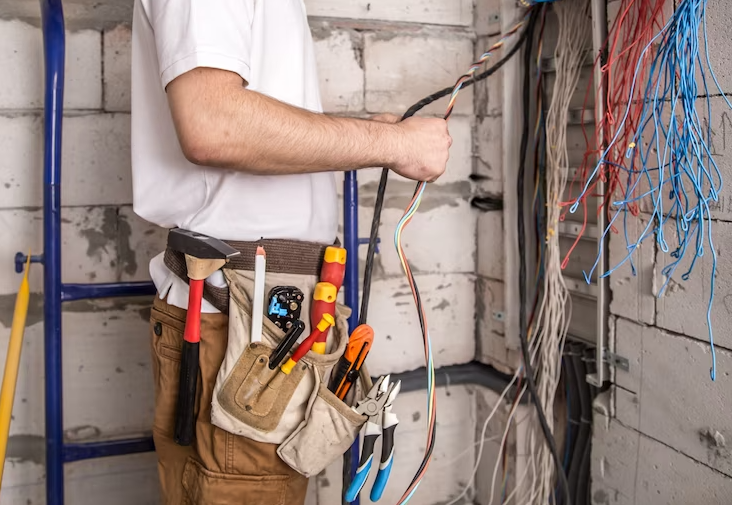If you’re looking for a more convenient and efficient way to clean your home, a central vacuum system may be the solution you need. However, installing a central vacuum system requires some planning and wiring. In this article, we’ll go over the basics of wiring for a central vacuum system.
Introduction
A central vacuum system consists of a central power unit that’s usually located in the garage or basement, and a network of PVC pipes that run throughout the house. Inlet valves are strategically placed in each room, and you can attach a hose to these valves to vacuum the room.
Prewiring for a Central Vacuum System
Prewiring for a central vacuum system involves running low-voltage wires from the inlet valves to the central power unit. This is typically done during the construction phase of a home, but it’s also possible to retrofit an existing home with a central vacuum system.
Here are the steps involved in prewiring your home for a central vacuum system:
- Plan the layout: Determine where you want to install the inlet valves and where you want to locate the central power unit. Consider the length of the pipes and the location of electrical outlets.
- Install the PVC pipes: Install the PVC pipes from the inlet valves to the central power unit. You can use elbows, couplings, and other fittings to navigate corners and obstacles.
- Install the inlet valves: Install the inlet valves in each room. The valve should be located in a convenient location, such as on a baseboard or in a closet.
- Wire the inlet valves: Run low-voltage wires from each inlet valve to the central power unit. You can use low-voltage wire, such as 18/2, to connect the inlet valves to the power unit.
- Install the central power unit: Install the central power unit in a convenient location, such as in the garage or basement. Connect the low-voltage wires from the inlet valves to the power unit.
- Connect the power: Connect the power to the central power unit. The power requirements vary depending on the model and size of the unit.
Benefits of a Central Vacuum System
There are several benefits of a central vacuum system:
- Convenience: With a central vacuum system, you don’t have to carry a heavy vacuum cleaner from room to room. You simply attach the hose to the inlet valve and start vacuuming.
- Better air quality: A central vacuum system is typically more powerful than a portable vacuum cleaner, which means it can remove more dirt and dust from your home. It also exhausts the air outside the house, rather than recirculating it inside the home like a portable vacuum cleaner.
- Quieter operation: The central power unit is located in the garage or basement, which means you don’t have to listen to the noise of a portable vacuum cleaner.
Conclusion
Wiring for a central vacuum system may seem like a daunting task, but with the right planning and guidance, it can be done successfully. A central vacuum system can provide you with convenience, better air quality, and quieter operation, making it a worthwhile investment for your home. If you’re considering installing a central vacuum system, consult with a professional installer to help you plan and execute the project.


